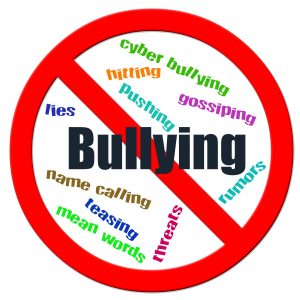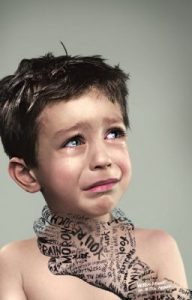Curling
Watch the video below where the rules of curling are decribed and then do the exercises in the following worksheet.
Watch the video below where the rules of curling are decribed and then do the exercises in the following worksheet.
Practice the vocabulary related to your daily routines with this handout: daily_routine_-_exercises
Read the theory about Future Forms here (Future tenses theory)
Print out and do the exercises (Future forms)
The group for the project “e-cave playing” is meeting every Friday at 1.30. This Friday we are meeting at the chemistry lab to carry out and film the experiments we talked about last week.
Have a look at the following presentation on the Britpop music genre.
For more information check this out, too.
Now listen to some of these bands. Can you identify any of the characteristics of the music genre?
 Bullying is a serious problem in many communities. Maybe you have been the victim of bullying or you know someone who has been bullied. Possibly, you are aware of bullying problems in your school or neighborhood and want to do something about it.
Bullying is a serious problem in many communities. Maybe you have been the victim of bullying or you know someone who has been bullied. Possibly, you are aware of bullying problems in your school or neighborhood and want to do something about it.
Bullying is unwanted, aggressive behavior among school aged children that involves a real or perceived power imbalance. The behavior is repeated, or has the potential to be repeated, over time. Both kids who are bullied and who bully others may have serious, lasting problems.
In order to be considered bullying, the behavior must be aggressive and include:

Bullying includes actions such as making threats, spreading rumors, attacking someone physically or verbally, and excluding someone from a group on purpose.
Homework: Read the following text on Bullying and do the exercises.
The following video could be used as a starting point in a discussion about school systems and discipline within them.
You can watch the video here